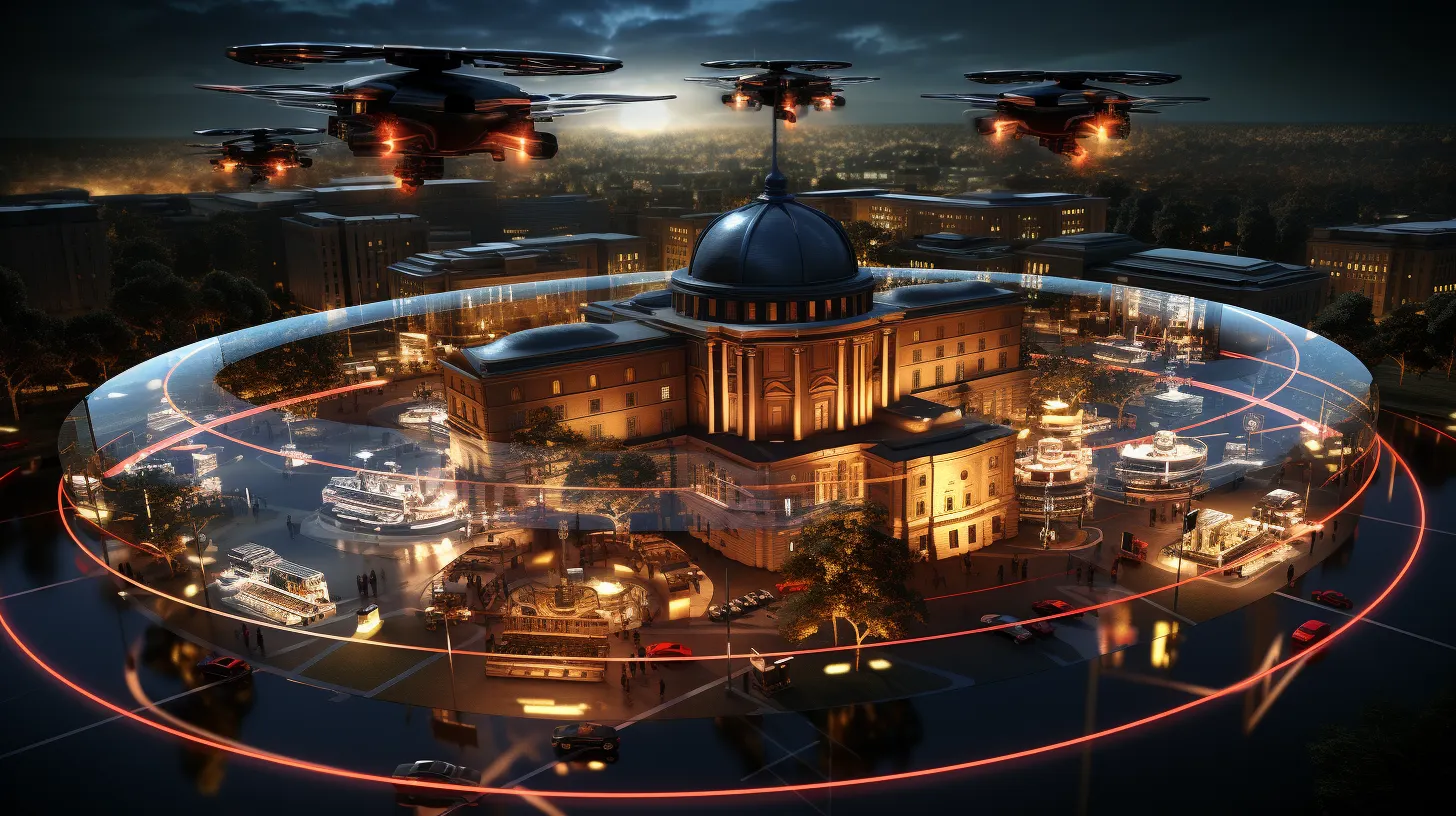Everyone is racing to ride the AI wave, and the U.S. military doesn’t want to be late to the party.
Deputy Secretary of Defense Kathleen Hicks unveiled the Pentagon's new Replicator initiative at a defense innovation conference on Monday. The goal, she said, is to "field attritable autonomous systems at scale of multiple thousands, in multiple domains, within the next 18 to 24 months."
"Attritable" means the robots are cheap enough to be "placed at risk and lost if the mission is of high priority," Hicks explained—basically the military equivalent of pawns on a chess board. The goal is rapidly developing swarms of smart, disposable air, land, and sea vehicles that can outmaneuver enemies.
Hicks cited China's growing military as the key motivation, saying the U.S. will counter their "mass with mass of our own" using American ingenuity.
Right now only a handful of developed countries are using and exploring AI for military operations. According to an AI arms race compilation on Wikipedia, the list includes China, Russia, Israel, and some EU members.
AI air monitoring in Washington D.C.
The U.S. is so far highlighting defensive, not offensive, applications. According to an official announcement on Monday, this includes an AI-enabled airspace monitoring system scheduled to be deployed around Washington D.C.. Using advanced computer vision technology built by “non-traditional Defense Department vendor” Teleidoscope, it promises to enhance threat detection capabilities compared to existing 9/11-era systems.
The announcement says the upgrade delivers "a tenfold increase in performance capability" in identifying suspicious aircraft.
“[The system leverages] market advancements in machine learning and augmented reality features in surveillance cameras that assist air battle managers with their ability to identify flying objects within NCR airspace," Lt.Col Kurtis Engleson said in the announcement.
Teleidoscope's technology underwent 18 months of testing before being awarded a $100 million production contract this month. The automation and improved response times will save time, money, and lives, according to Heidi Shyu, undersecretary of defense for research and engineering.

“We are able to rapidly identify operational needs and materialize them into usable national defense solutions. This saves time and money, but more importantly, the decision advantage gained by technologies like this will save lives," she said.
This surge in AI investment by the military is intended to empower the U.S. military with leading-edge capabilities while maintaining what Hicks described as "our responsible and ethical approach to AI and autonomous systems."
With competing nations like China and Russia racing to deploy ever-more advanced AI, the technology gap appears to be closing quickly. For the Pentagon, innovating ahead of these threats is becoming an urgent priority, and they are already innovating.
As Decrypt previously reported, the U.S. military is already training AI to handle State secrets, and even working on AI fighter jets, and the technology has yielded good—albeit early—results.

